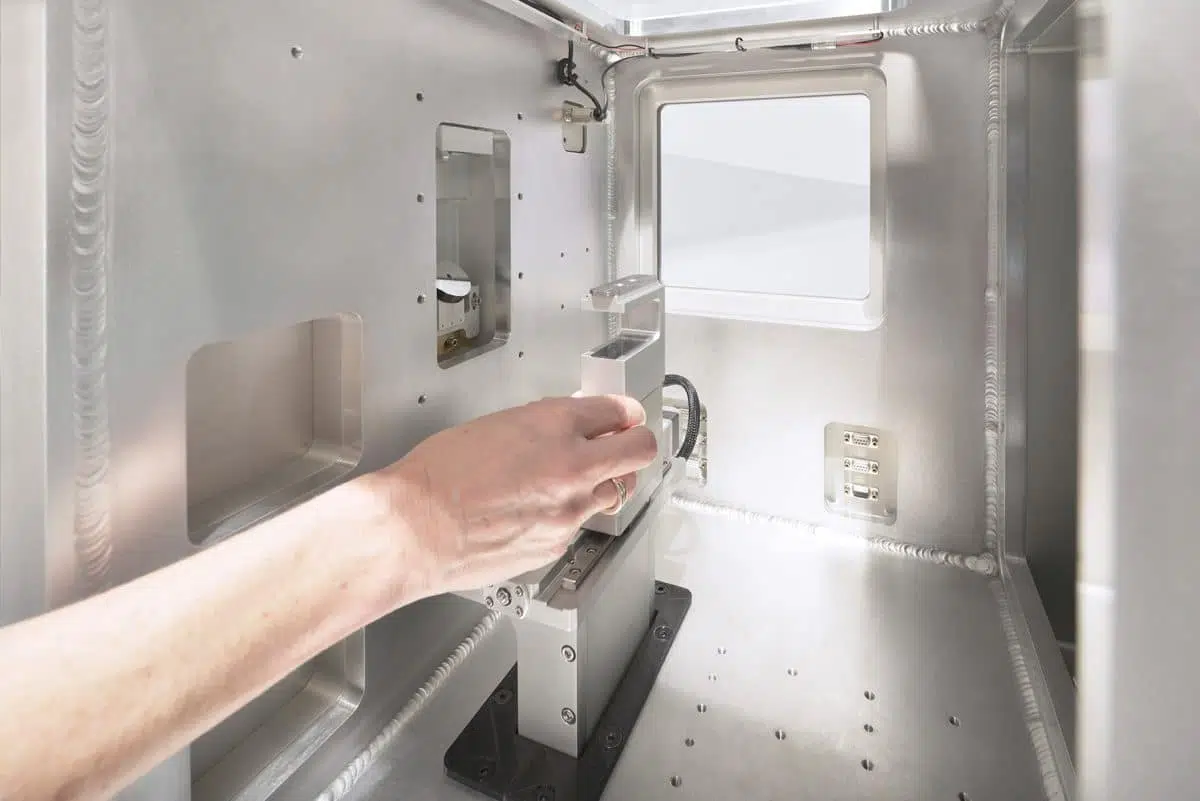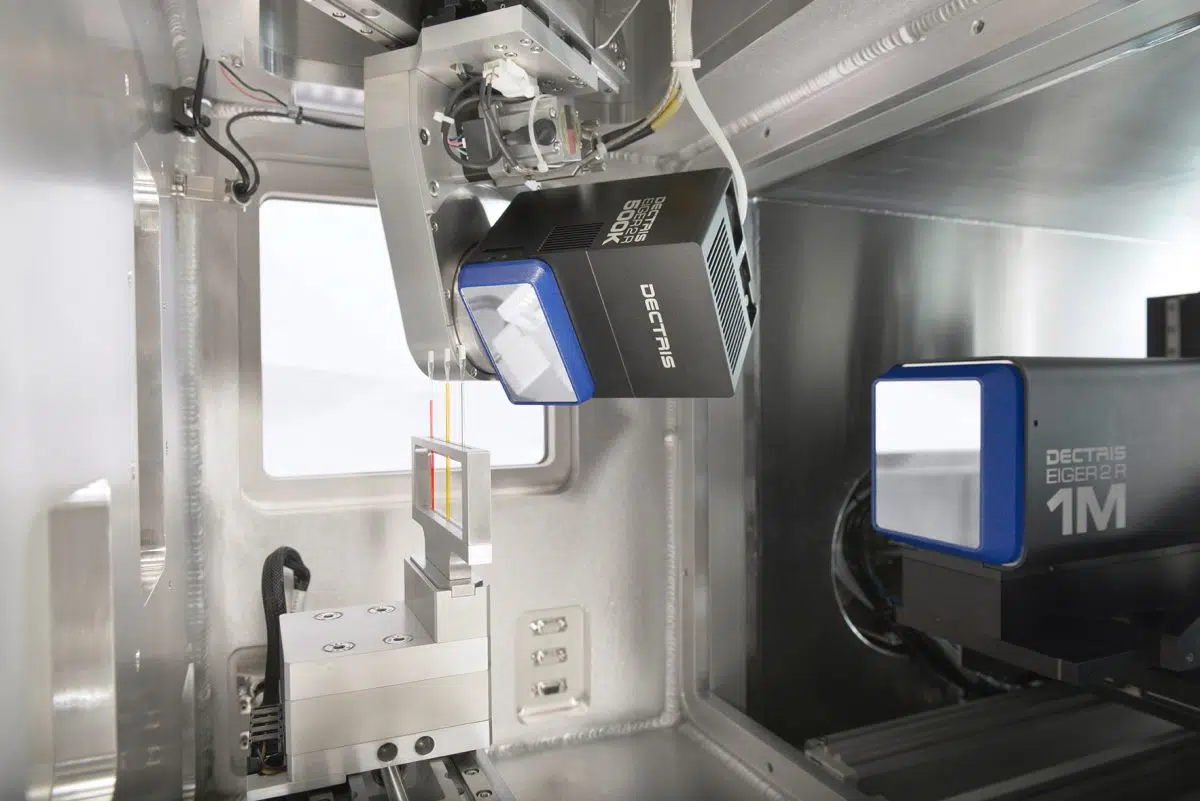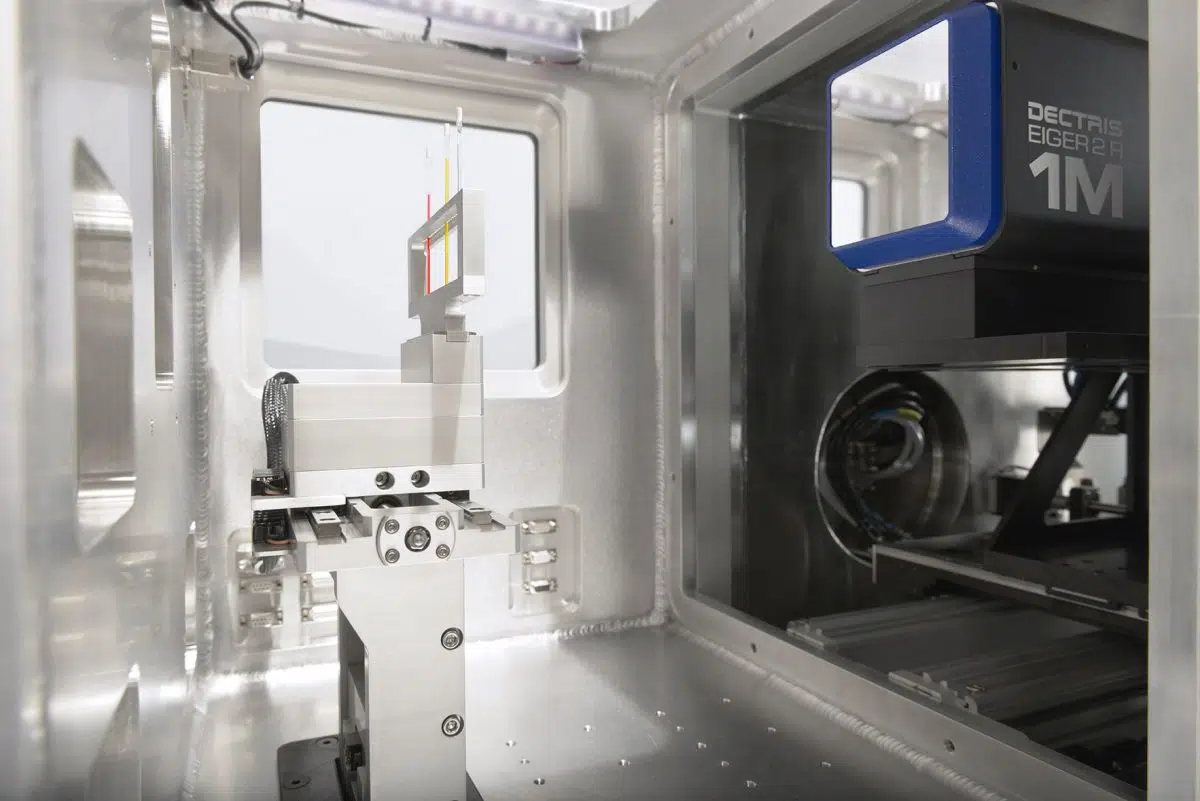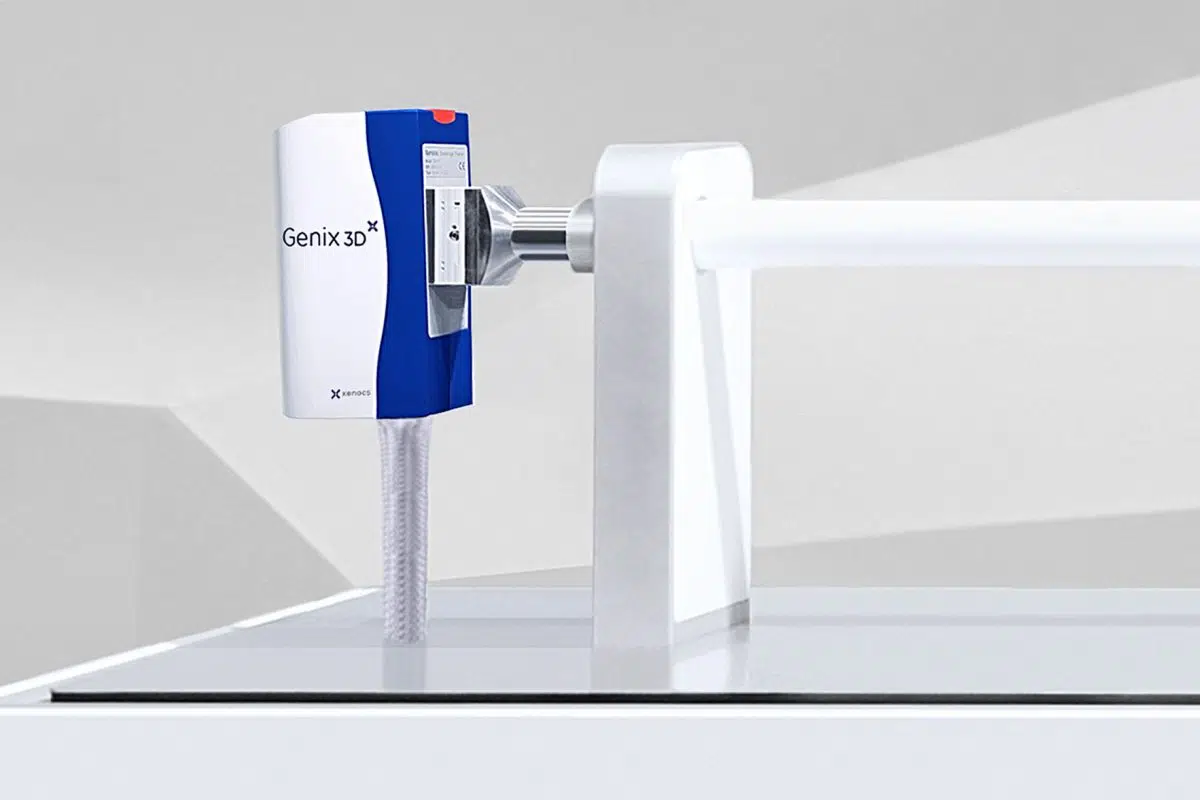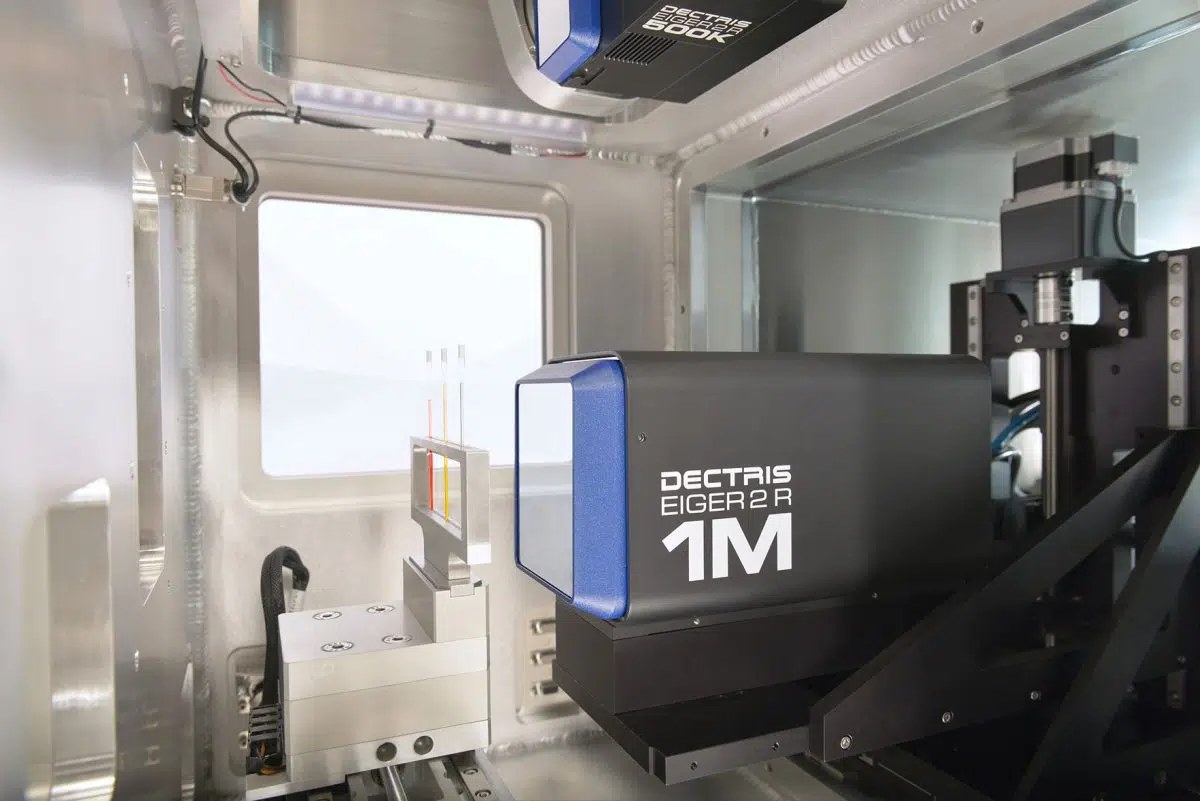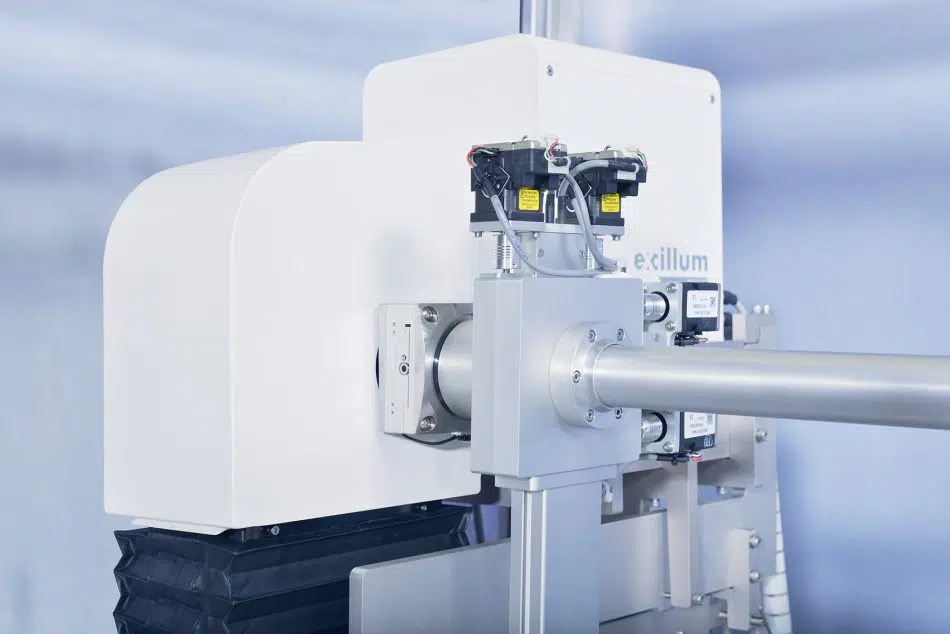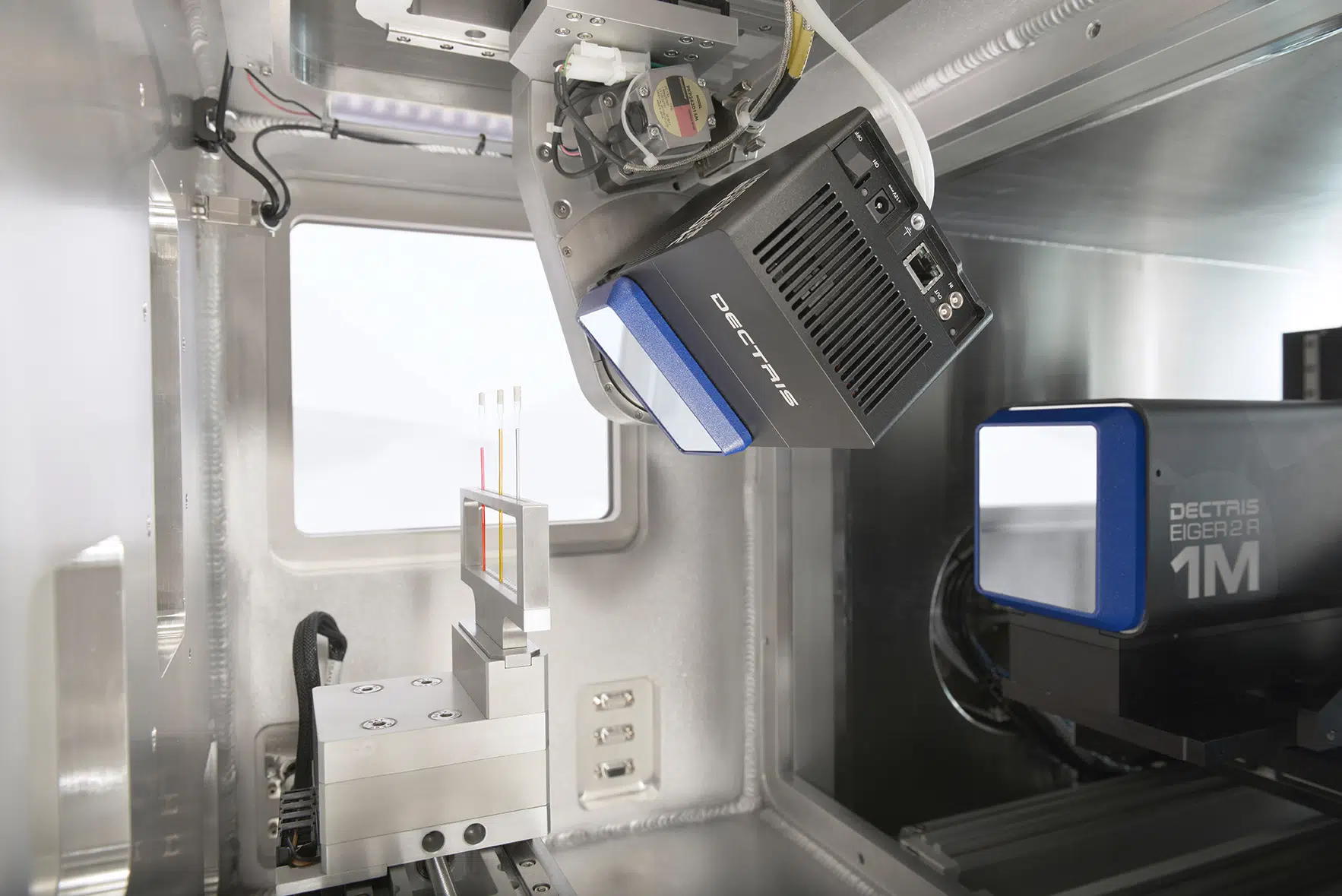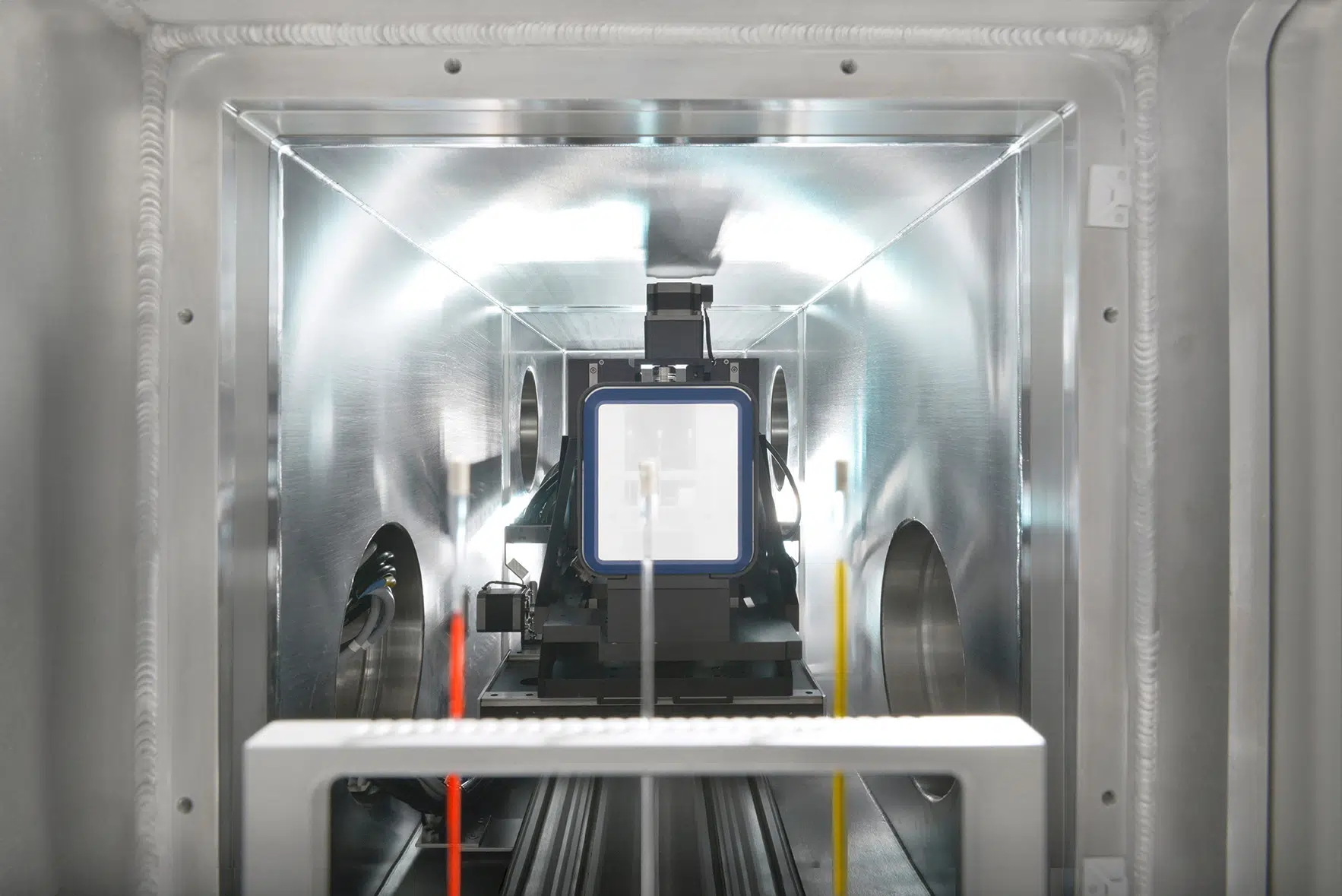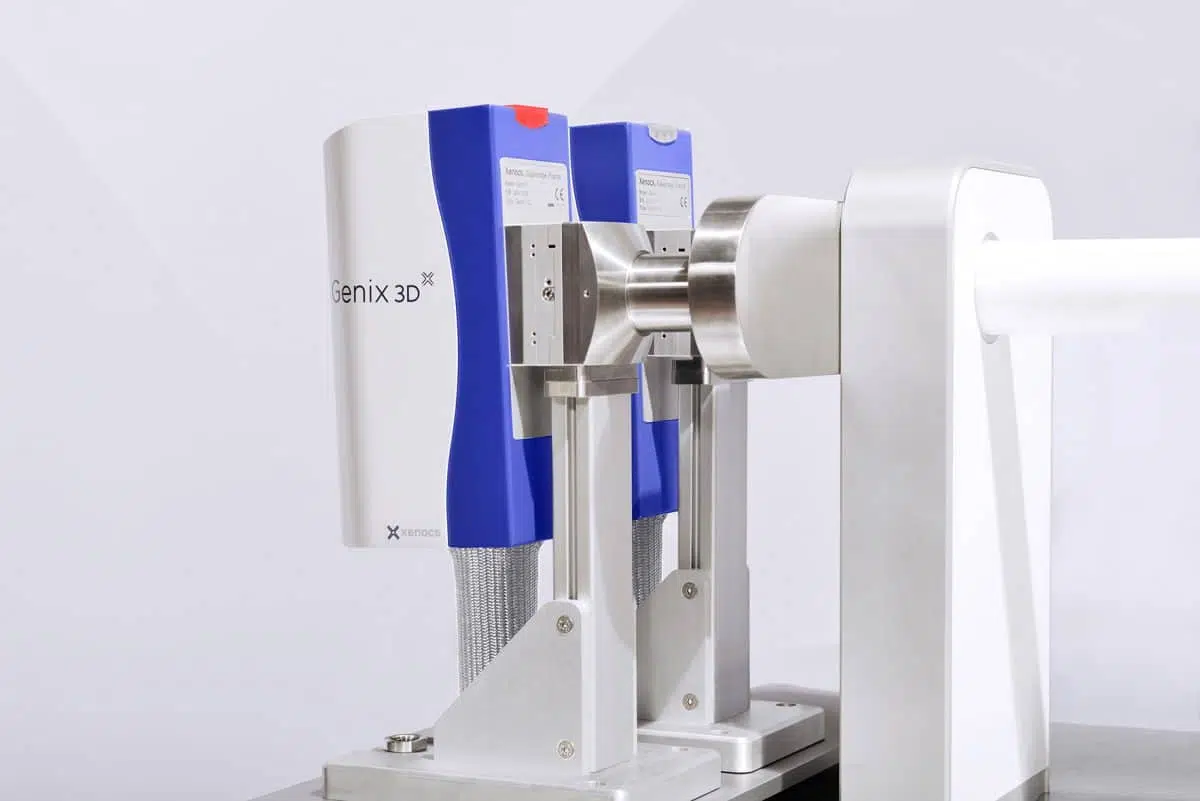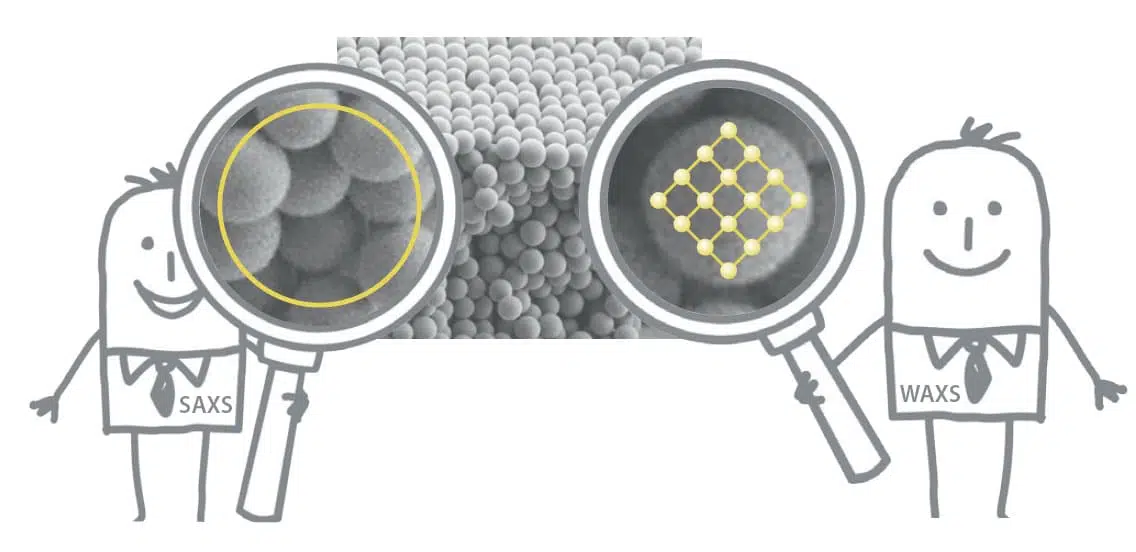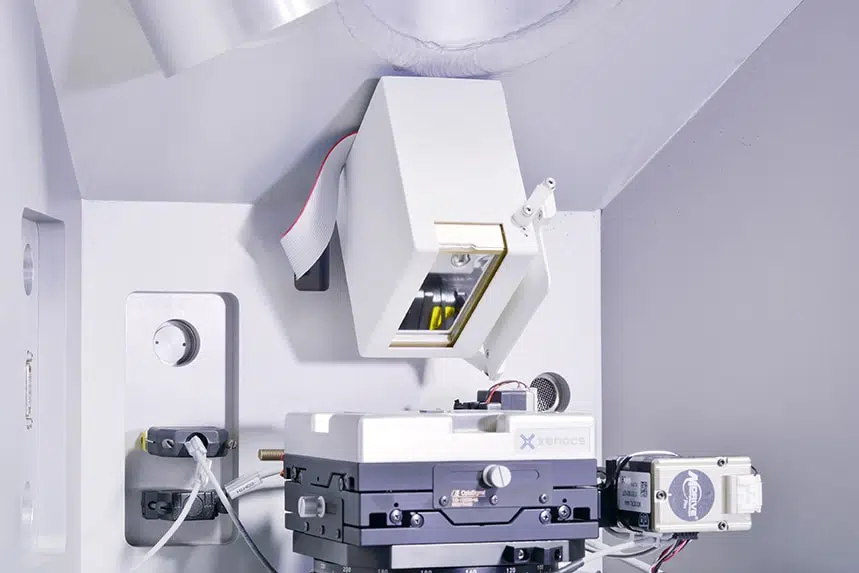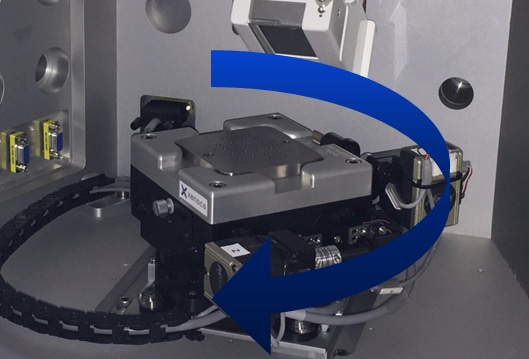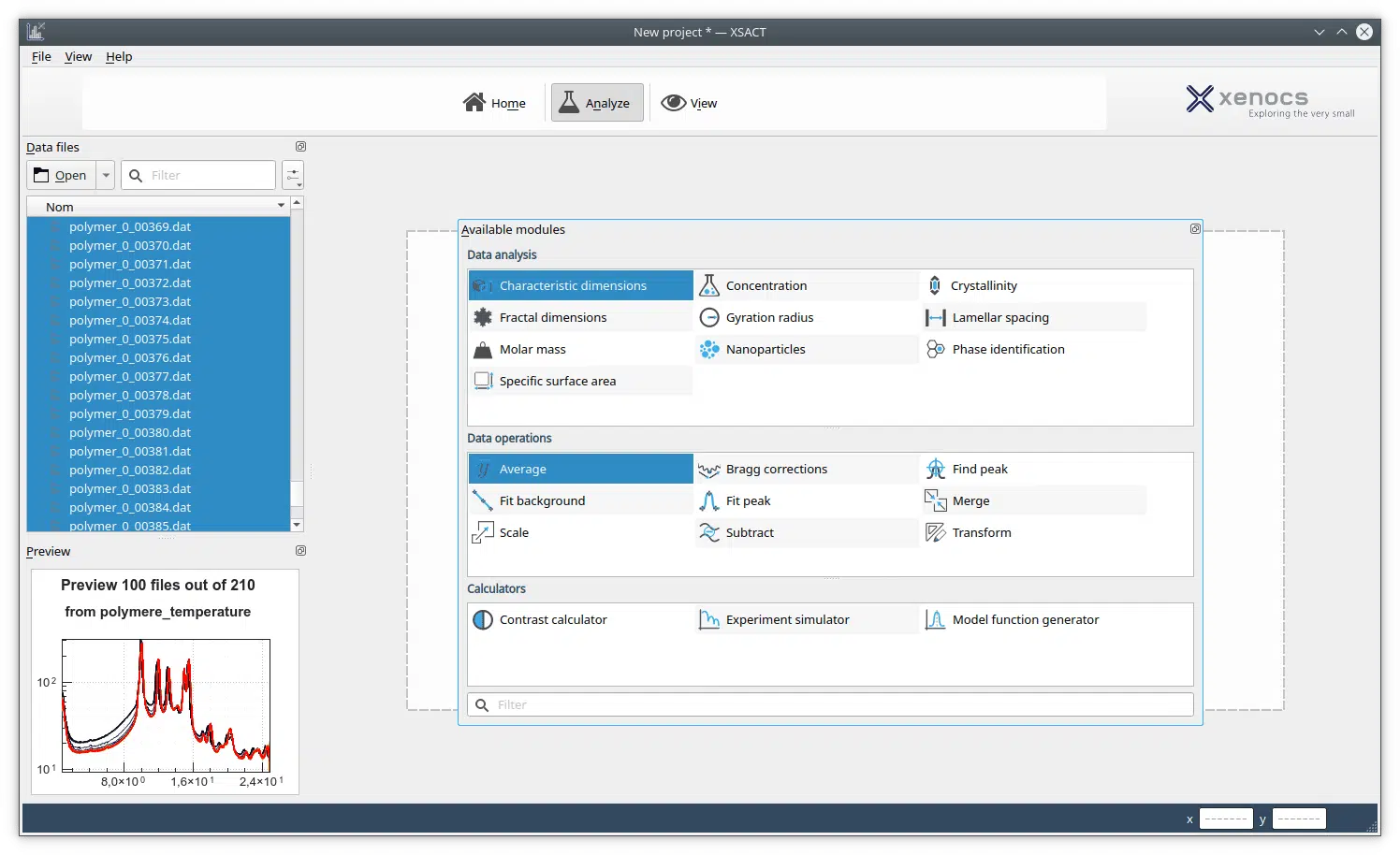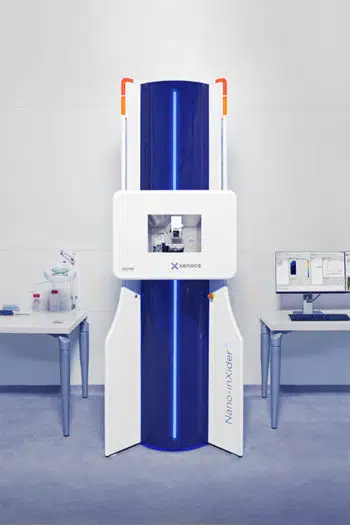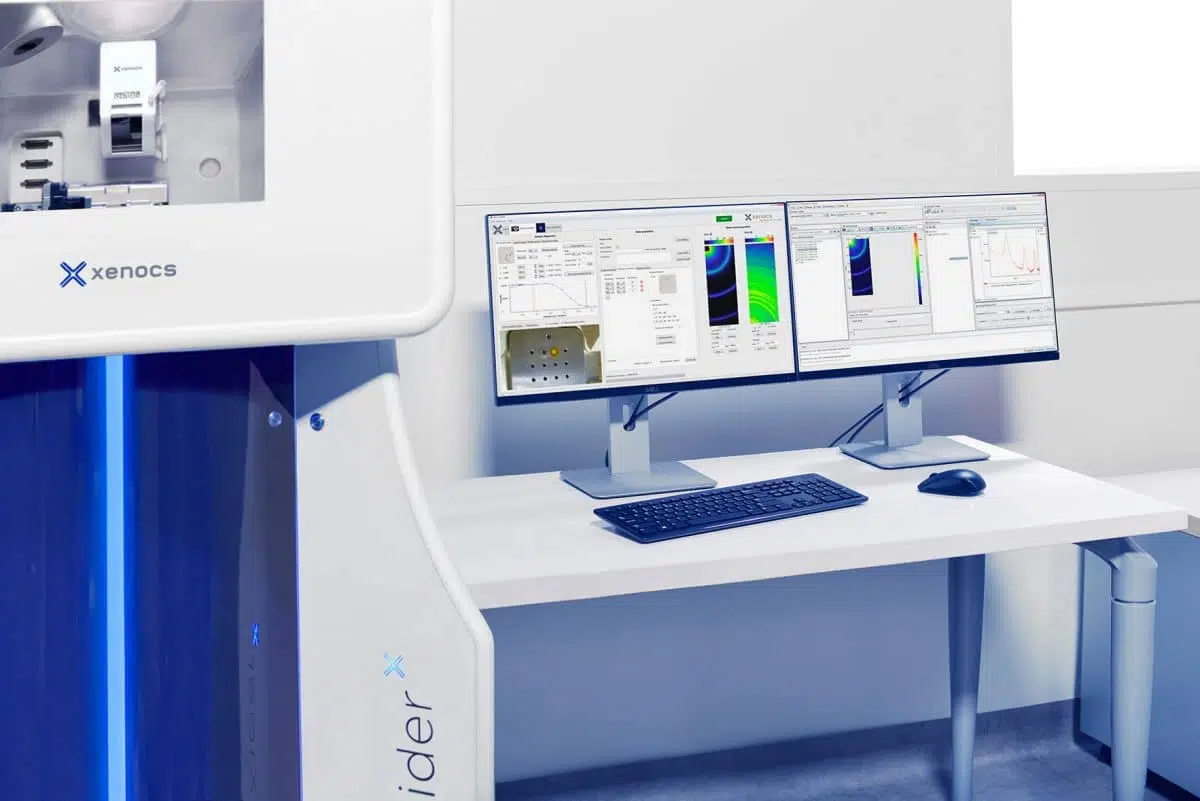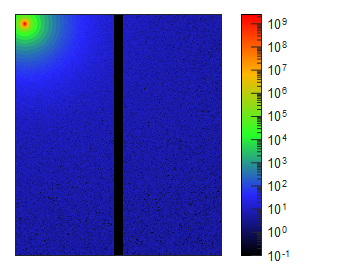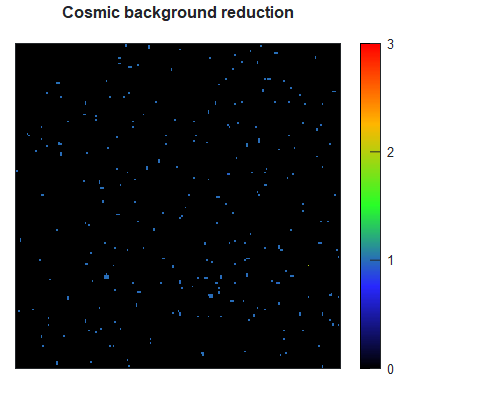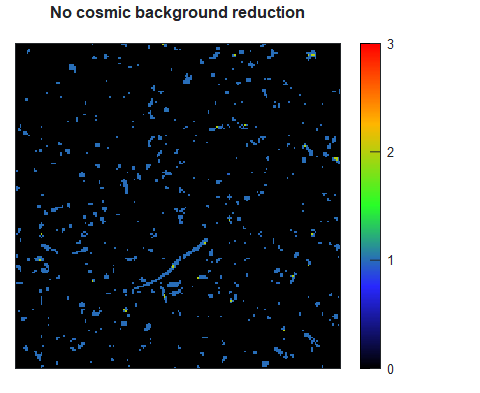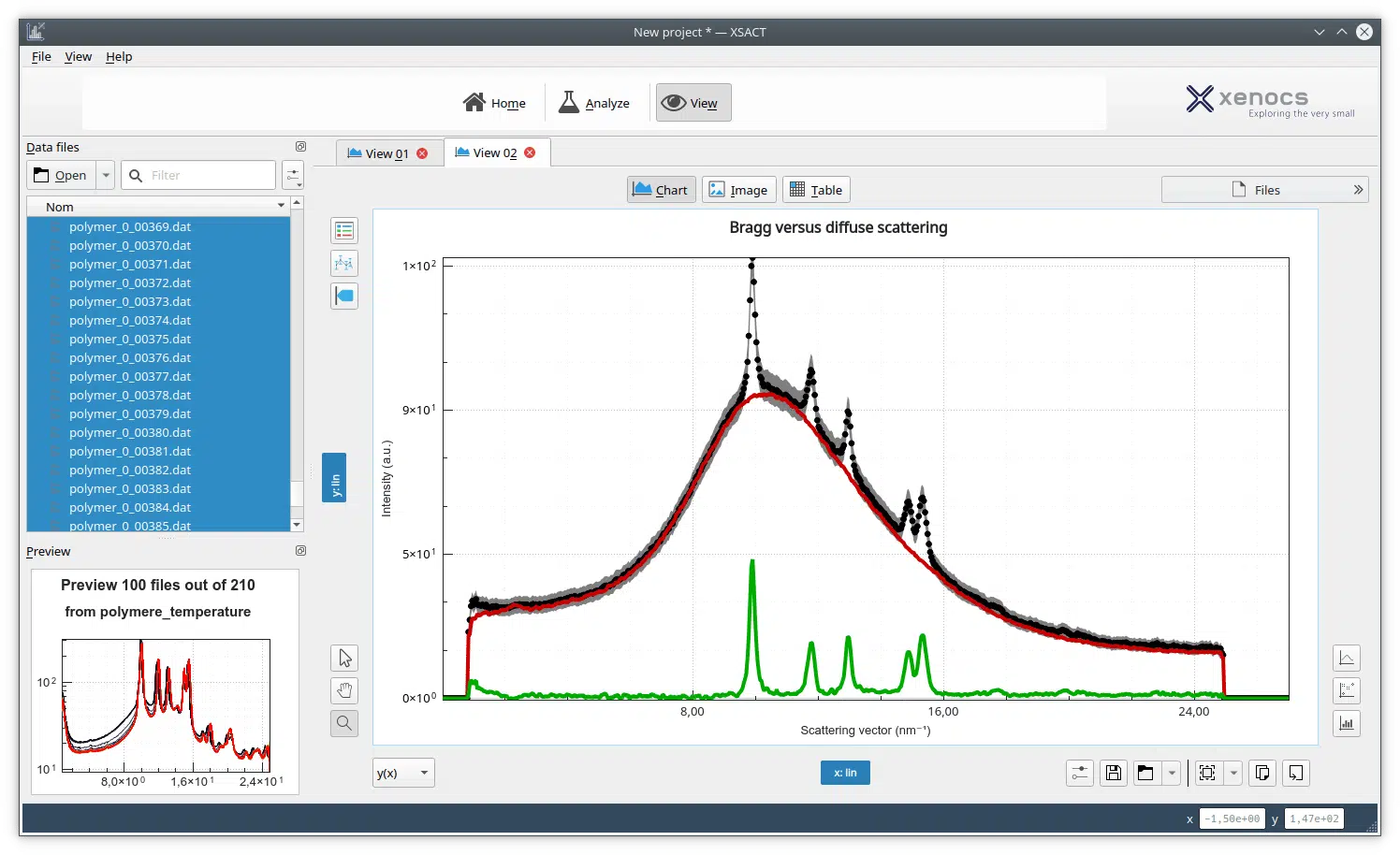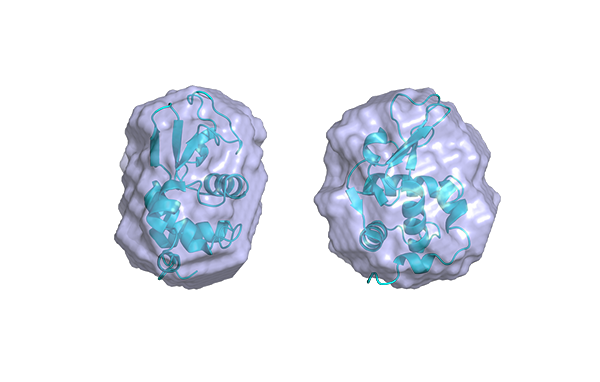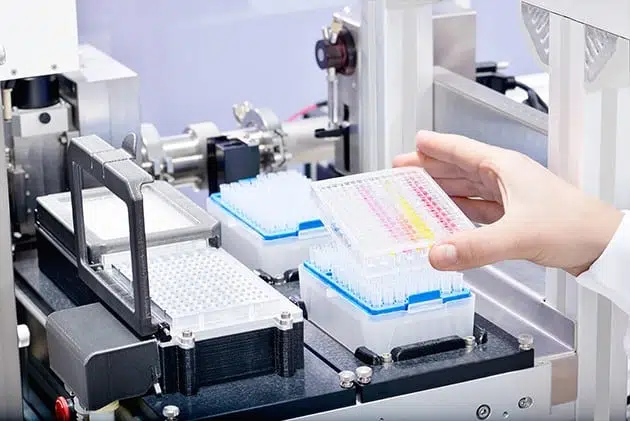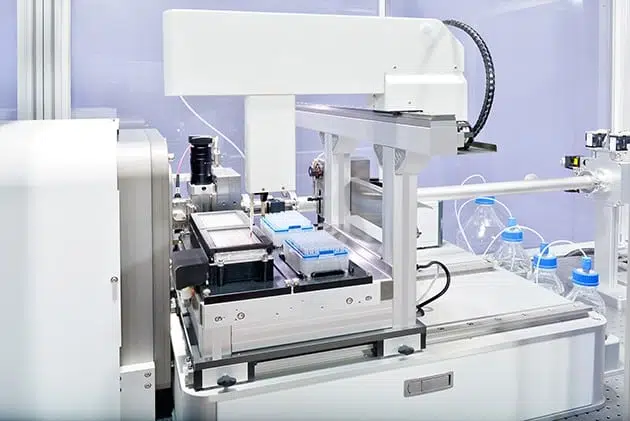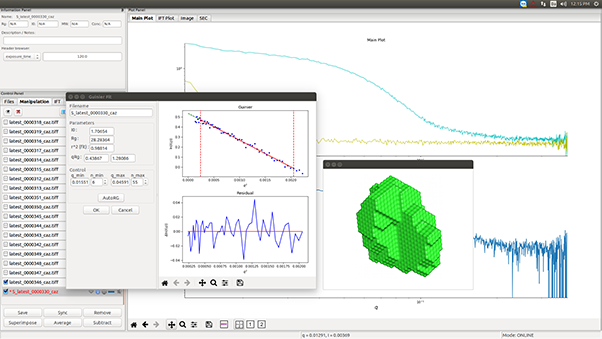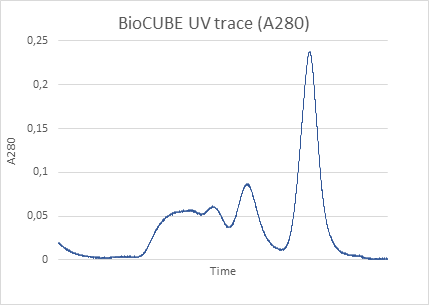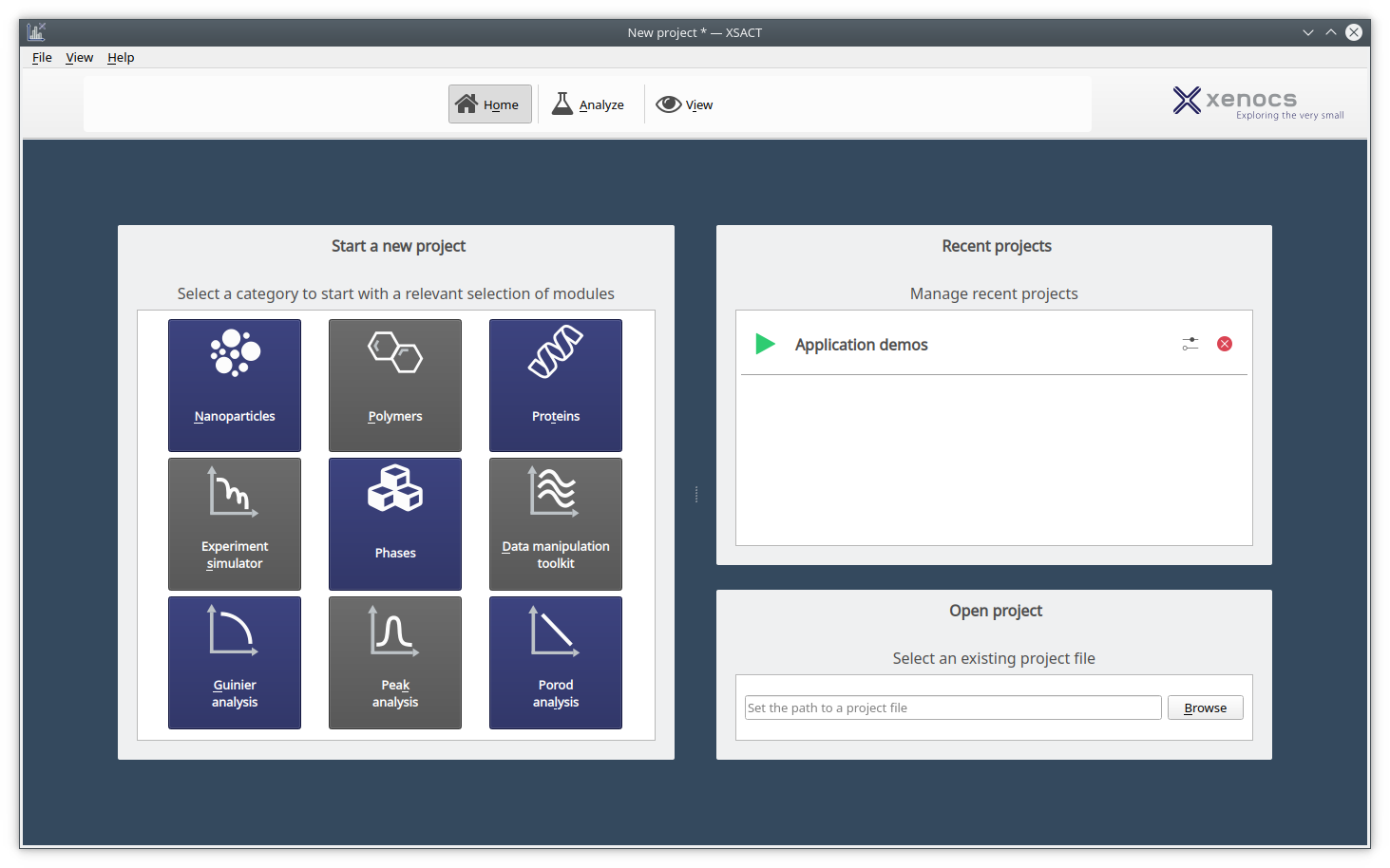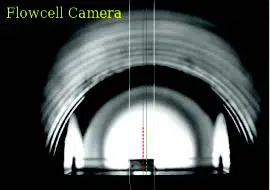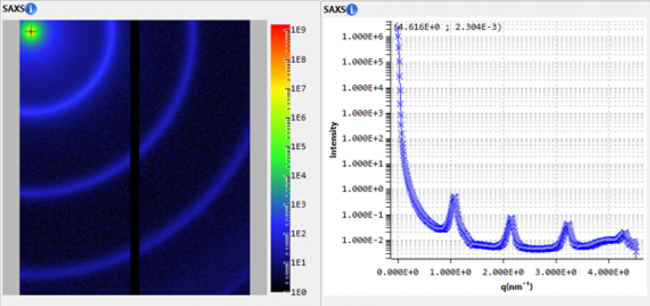Sung, Sae Jin; Kim, Jae Ho; Gihm, Se Hoon; Park, Jisoo; Cho, Young Shik; Yang, Seung Jae; Park, Chong Rae
Revisiting the Role of Graphene Quantum Dots in Ternary Organic Solar Cells: Insights into the Nanostructure Reconstruction and Effective Förster Resonance Energy Transfer
Recent studies have introduced the graphene quantum dot (GQD) as a third material for the bulk-heterojunction polymer:fullerene solar cell (PSC) to improve light conversion efficiency. Although exciton generation/dissociation and carrier transport in the GQD-incorporated light-absorbing layer are strongly influenced by the ternary component, detailed analysis on the role of GQD…
Highly Crystalline Near-Infrared Acceptor Enabling Simultaneous Efficiency and Photostability Boosting in High-Performance Ternary Organic Solar Cells
Yin, Hang; Zhang, Chujun; Hu, Hanlin; Karuthedath, Safakath; Gao, Yajun; Tang, Hua; Yan, Cenqi; Cui, Li; Fong, Patrick W. K.; Zhang, Zhuoqiong; Gao, Yaxin; Yang, Junliang; Xiao, Zuo; Ding, Liming; Laquai, Frédéric; So, Shu Kong; Li, Gang
The near-infrared (NIR) absorbing fused-ring electron acceptor, COi8DFIC, has demonstrated very good photovoltaic performance when combined with PTB7-Th as a donor in binary organic solar cells (OSCs). In this work, the NIR acceptor was added to state-of-the-art PBDBT-2F:IT4F-based solar cells as a third component, leading to (i) an efficiency increase…
Overcoming the energy loss in asymmetrical non-fullerene acceptor-based polymer solar cells by halogenation of polymer donors
Fan, Qunping; Liu, Tao; Gao, Wei; Xiao, Yiqun; Wu, Jingnan; Su, Wenyan; Guo, Xia; Lu, Xinhui; Yang, Chuluo; Yan, He; Zhang, Maojie; Li, Yongfang
To achieve efficient polymer solar cells (PSCs), it is important to overcome the energy loss (Eloss) from the optical bandgap to the open-circuit voltage (Voc) of the device by properly matching donor/acceptor (D/A) photovoltaic materials. Here, we develop efficient PSCs based on the absorption complementary pairs of halogenated polymer donors…
Large Crystalline Domains and an Enhanced Exciton Diffusion Length Enable Efficient Organic Solar Cells
Zhang, Yiwei; Sajjad, Muhammad T.; Blaszczyk, Oskar; Parnell, Andrew J.; Ruseckas, Arvydas; Serrano, Luis A.; Cooke, Graeme; Samuel, Ifor D. W.
We studied crystallinity and exciton harvesting in bulk heterojunctions of the semiconducting polymer PffBT4T-2OD and electron acceptor PC71BM that are used to make highly efficient organic solar cells. Grazing incidence wide-angle X-ray scattering shows that the size of crystalline domains of PffBT4T-2OD increases to ?18 nm in photovoltaic blends upon…
Highly Ordered Semiconducting Polymer Arrays for Sensitive Photodetectors
Wei, Xiao; Gao, Hanfei; Feng, Jiangang; Pi, Yueyang; Zhang, Bo; Zhai, Yu; Wen, Wen; He, Mingqian; Matthews, James R.; Wang, Hongxiang; Li, Yang; Jiang, Shimei; Jiang, Lei; Wu, Yuchen
Semiconducting conjugated polymers possess attractive optoelectronic properties and low-cost solution processability and are inherently mechanically flexible. However, the device performance is susceptible to the fabrication methods because of the relatively weak intermolecular interaction of the polymers and their inherent conformational and energetic disorder. An efficient fabrication technique
Surface modification of ZnO electron transport layers with glycine for efficient inverted non-fullerene polymer solar cells
Zhu, Xiaoqian; Guo, Bing; Fang, Jin; Zhai, Tianshu; Wang, Yanan; Li, Guangwei; Zhang, Jianqi; Wei, Zhixiang; Duhm, Steffen; Guo, Xia; Zhang, Maojie; Li, Yongfang
Interfacial engineering is crucial to improve the photovoltaic performance of polymer solar cells (PSCs). In this study, we demonstrate efficient inverted non-fullerene PSCs with ZnO modified by nontoxic glycine (Gly) as the electron transport layer (ETL). With the modification of Gly, work function of the ETL interlayer was decreased from…
Controlling the pore size in conjugated polymer films via crystallization-driven phase separation
Guo, Shaowen; Lu, Yaguang; Wang, Binghua; Shen, Changyu; Chen, Jingbo; Reiter, Günter; Zhang, Bin
A wide range of possible applications in sensors and optoelectronic devices have focused considerable attention on porous membranes made of semi-conducting polymers. In this study, porous films of poly(3-hexylthiophene) (P3HT) were conveniently constructed through spin-coating of solutions of a blend of P3HT and polyethylene glycol (PEG). Pores were formed by…
Effects of energy-level offset between a donor and acceptor on the photovoltaic performance of non-fullerene organic solar cells
Yang, Chenyi; Zhang, Jianqi; Liang, Ningning; Yao, Huifeng; Wei, Zhixiang; He, Chang; Yuan, Xiaotao; Hou, Jianhui
Minimizing the energy-level offset between a donor and acceptor in order to reduce energy loss (Eloss) is a hot topic in the field of organic solar cells (OSCs). However, for non-fullerene OSCs, the discussion concerning the relationship between energy-level offset and device performance has not yet reached a general conclusion…
Nano-confined crystallization of organic ultrathin nanostructure arrays with programmable geometries
Gao, Hanfei; Qiu, Yuchen; Feng, Jiangang; Li, Shuang; Wang, Huijie; Zhao, Yuyan; Wei, Xiao; Jiang, Xiangyu; Su, Yewang; Wu, Yuchen; Jiang, Lei
Fabricating ultrathin organic semiconductor nanostructures attracts wide attention towards integrated electronic and optoelectronic applications. However, the fabrication of ultrathin organic nanostructures with precise alignment, tunable morphology and high crystallinity for device integration remains challenging. Herein, an assembly technique for fabricating ultrathin organic single-crystal
Random Organic Nanolaser Arrays for Cryptographic Primitives
Feng, Jiangang; Wen, Wen; Wei, Xiao; Jiang, Xiangyu; Cao, Moyuan; Wang, Xuedong; Zhang, Xiqi; Jiang, Lei; Wu, Yuchen
Next-generation high-security cryptography and communication call for nondeterministic generation and efficient authentication of unclonable bit sequences. Physical unclonable functions using inherent randomness in material and device fabrication process have emerged as promising candidates for realizing one-way cryptographic systems that avoid duplication and attacks. However, previous





